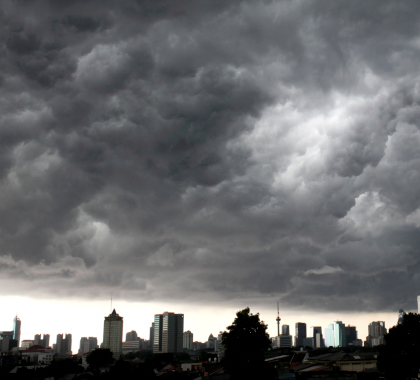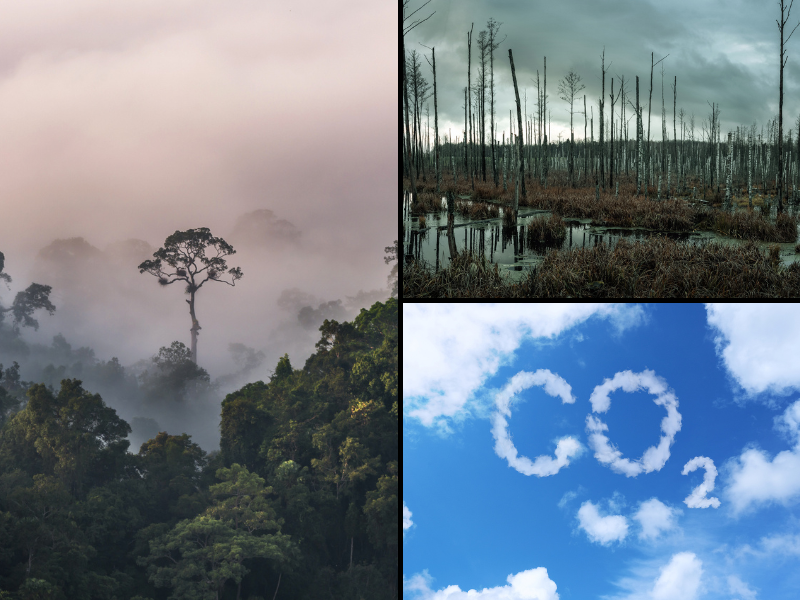Editor’s Note: Timothy Ball, Ph.D., is a former climatology professor at the University of Winnipeg in Manitoba, Canada, with a doctorate in climatology from the University of London, Queen Mary College, England. Much of his research has focused on the reconstruction of past climates and the impact of climate change on human history. Ball is also known for his academic and legal efforts to counteract what he calls the corruption of climate science. Ball was honored with the Lifetime Achievement in Climate Science award from The Heartland Institute at the 13th International Conference on Climate Change (ICCC-13).
Burnett: You’ve written books on climate science, including Slaying the Sky Dragon: Death of the Greenhouse Gas Theory. What is the thesis of the book?
Ball: The original claim made was that global warming was inevitable due to increasing levels of atmospheric carbon dioxide from human activities, especially from industry. This hypothesis was based on the assumptions that carbon dioxide is a greenhouse gas and that such an increase would result in a temperature increase.
The hypothesis ignored key facts. There are three main greenhouse gases: water vapor is 95 percent, carbon dioxide 4 percent, and methane 0.4 percent. The official position is humans produce water vapor but the amount is so small relative to the atmospheric total it is reasonable to ignore it. In every historic record, temperatures have increased prior to increases in carbon dioxide. Human production of carbon dioxide is within the error factor of estimates of carbon dioxide emissions from two natural sources: the oceans and rotting vegetation.
These facts, among others explored in my book, undermine the claim human carbon dioxide emissions are driving present climate change.
Burnett: You’ve written a book titled The Deliberate Corruption of Climate Science, in addition to giving presentations on this topic at various ICCC events. What facts lead you to believe climate science has been corrupted?
Ball: Starting in 1998, the global temperature stopped increasing and began to decline slightly, despite the fact carbon dioxide levels continued increasing.
By 2004, the trends continued to contradict the assumptions. For example, the level of severe weather failed to increase.
In other words, the empirical evidence completely contradicted the hypothesis.
Instead of considering the null hypothesis, namely that carbon dioxide from humans was not causing warming, the claim was changed from human-caused “warming” to human-caused “climate change.” In fact, the null hypothesis was never even considered.
Most people think the Intergovernmental Panel on Climate Change (IPCC) examined all climate change. In fact, they were restricted by the definition given to them by the world Meteorological Organization (WMO) to only examining human causes. Water in all its forms is a critical part of the Earth and atmosphere systems, yet it is ignored.
There is insufficient data at the surface [of the Earth] to build an accurate computer model of global climate. The situation is even worse above the surface. All computer model predictions of the UN IPCC since 1990 have been wrong.
H. Sterling Burnett, Ph.D. ([email protected]) is a senior fellow at The Heartland Institute.






